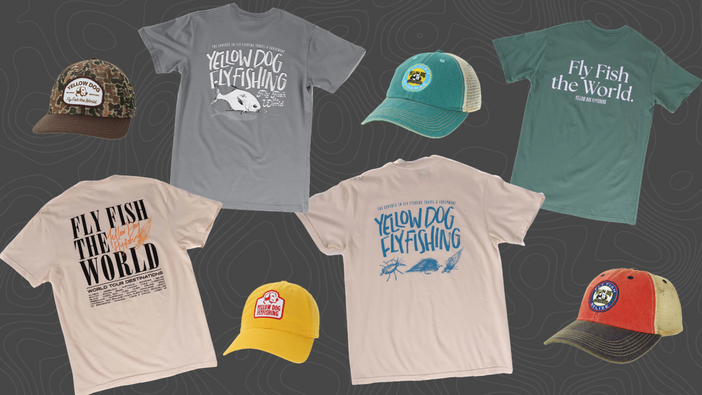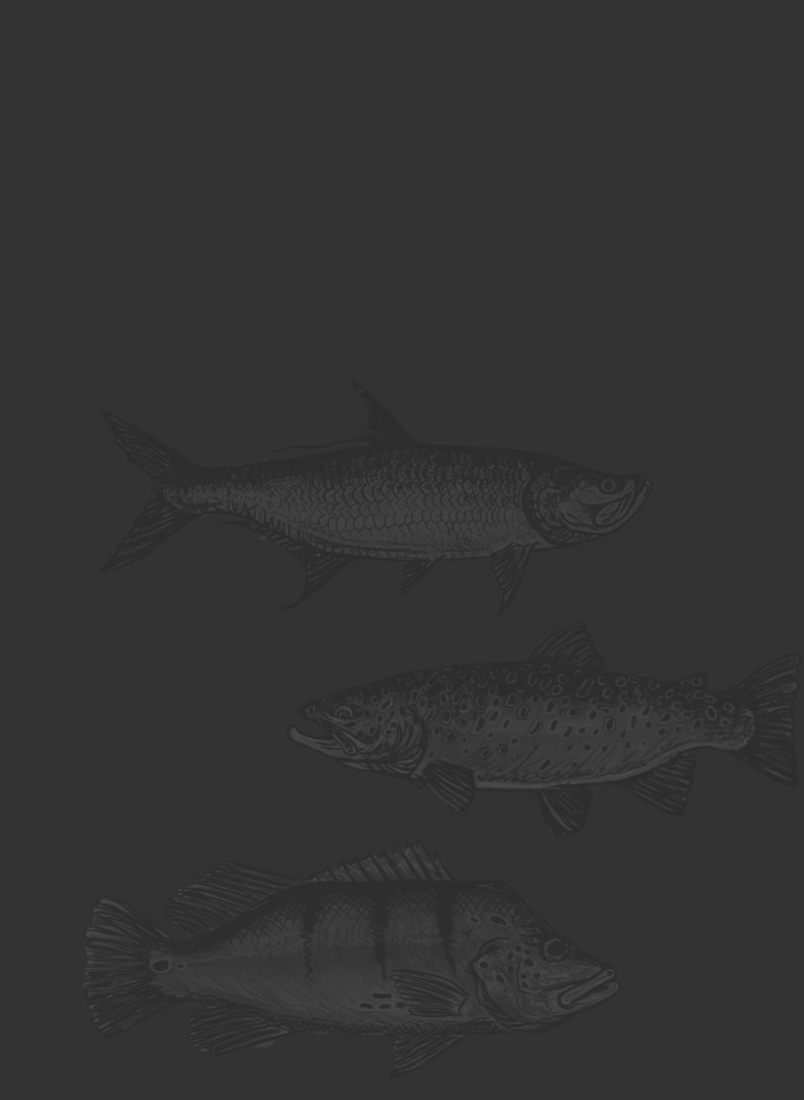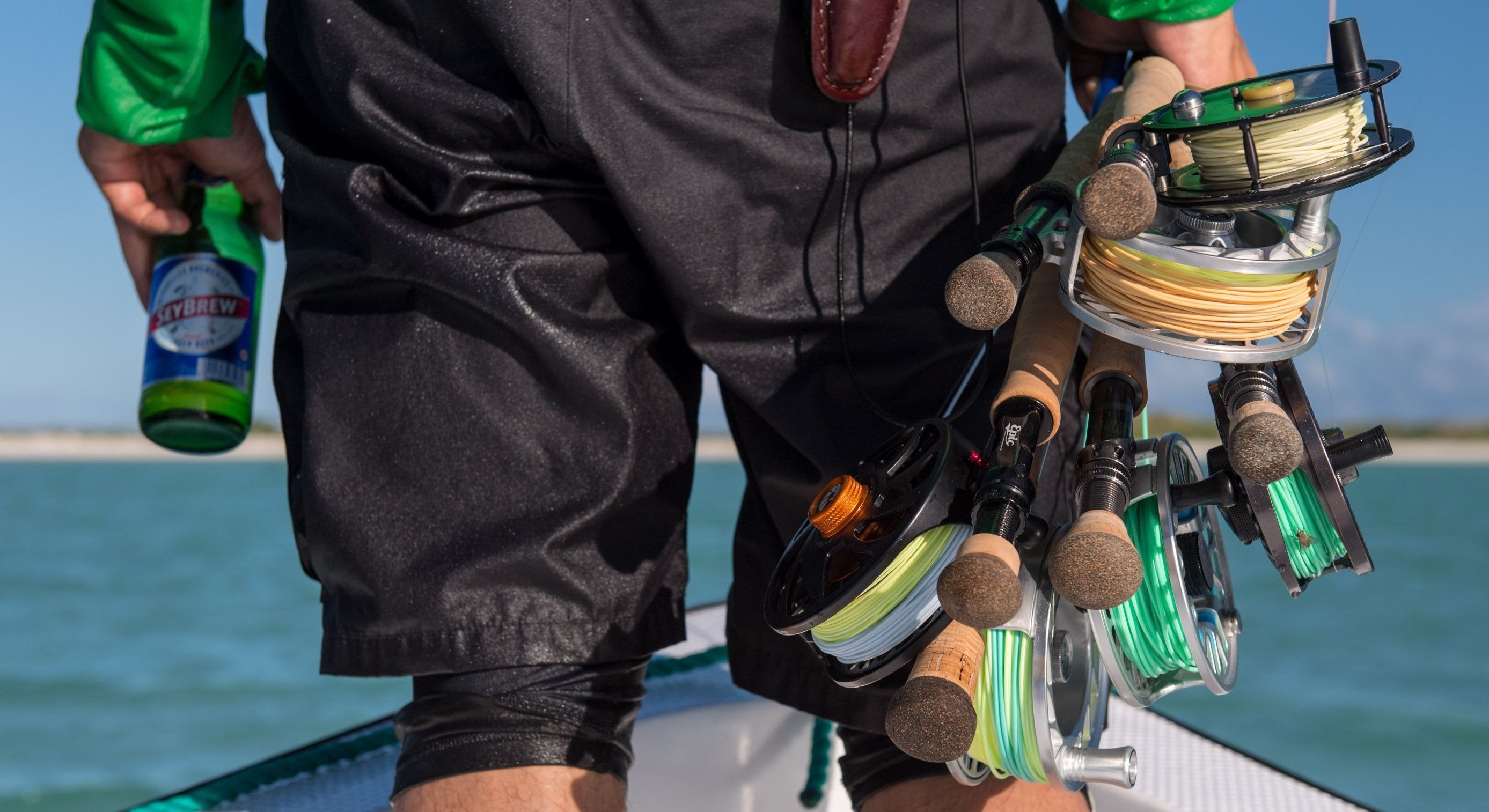The nation of New Zealand is recognized globally for its jaw-dropping landscapes, making it one of the most beautiful places in the world to fly fish. Sweeping meadows, towering peaks, rolling hills of emerald grass and wildflowers, all surrounding the isolated, gin-clear streams of our dreams; the waters of New Zealand are truly the freshwater fisherman's paradise.
While not native to New Zealand, trout introduced to the region have flourished. The trout here are generally larger than their brethren found elsewhere, with fish averaging three to four pounds. They demand the utmost respect and commitment from anglers, developing a reputation for requiring stealth, precision, and angling prowess.
Our lodge partners in New Zealand specialize in utilizing both helicopters and hiking to access the most remote streams in all of New Zealand. While anglers travel far and wide to fish New Zealand, you can rest assured that by booking through Yellow Dog, you will fish in some of the least pressured areas in the small country. In addition, anglers traveling from the US can break away from the winter blues and travel to the southern hemisphere, where the fishing is heating up.
When To Go Fly Fishing in New Zealand
October-December
The best time to travel to New Zealand is when you're able to; however, the fishing approach varies depending on the season.
October and November are the best months to visit New Zealand if you enjoy active dry fly and nymph fishing. These months can generally produce higher numbers of fish because the trout are slightly more forgiving due to a lack of angling pressure during the colder months. Furthermore, as temperatures increase, trout that have been largely dormant begin to look for new signs of food.
As with all trout fisheries in the spring, bug life is picking up, and trout are far more active as temperatures increase. We recommend nymphing faster water with heavier flies or utilizing a dry-dropper setup if mature bug life is apparent. By November and into December, bug life is abundant as summer approaches.
The crowds do not start showing up on the waters in New Zealand until later in the season, so booking during this time is a great option for less pressured water. The combination of hungry fish, less pressure, and the season's first bugs make this a fantastic time.

January-February
If you are an angler that enjoys consistent dry fly action, then January and February are the prime months for that. Historically, these two months produce the warmest and most stable weather, allowing for dry fly fishing to be at its peak.
You can expect to wade fish daily, searching for trout holding in the river. This targeted approach and the typically lower numbers of fish per kilometer mean that you will typically get fewer fish each day. However, they will be much larger fish on average than a trout you might be used to catching back in the US. This approach is generally what has made New Zealand one of the finest destinations in the world for freshwater fly fishing.
Working the bank, stealthy approaches, and searching for solitary fish in what amounts to some of the clearest water on earth--this is New Zealand fly fishing at its peak. Often times you will fish a single dry fly, ranging from large hopper patterns, cicada imitations, and smaller dries. This has to be one of, if not the greatest, ways to catch a large trout on fly--unless you're fortunate enough to find yourself in New Zealand during a "mouse year!"

At the peak of summer, temperatures are high and low water conditions are common. While this makes for fantastic sight fishing conditions, it also means a stealthier approach! In addition, this is the busiest time for New Zealand's streams and lakes, meaning fish are spookier than ever.
Guides are typically good about communicating the water they have covered or plan to cover, but that is not always the case. During these months, it is not uncommon to find other anglers fishing in the water sections you plan to fish. Still, New Zealand remains one of the most solitary freshwater fisheries anywhere, with a lifetime of water available between the north and south islands.

April-May
The crowds begin to wane in the late season, but the fishing remains fairly consistent. Water levels can be low at the onset of Fall, but the drop in temperatures signals to fish that cold days and less food are ahead.
The month leading up to the end of the season is a great time to revert back to a dry-dropper setup. A dry fly box with some variety is helpful, as both attractor patterns and smaller dries can be effective depending on conditions. This is also a great time to consider streamer fishing in deeper runs and around structure to target large, aggressive fish. As water temperatures drop, smaller nymph patterns are recommended. As fall truly sets in, expect cold mornings and evenings, with the best fishing done during the day's peak.
These months are definitely a quality over quantity time period as the fish have received angling pressures all season. Drag-free drifts with long leaders and tippets are essential throughout the year, but especially towards the end of the angling season. The benefit of working with Yellow Dog is many of our New Zealand lodge partners specialize in heli-fishing and can utilize helicopters to access areas that have not received foot traffic.

Many anglers go on trips expecting high numbers of fish during their stay. While this very well could happen, New Zealand is one of the most unforgiving trout fisheries on Earth. With that said, it also provides many anglers with the largest brown or rainbow trout of their lifetime. Working with a guide to ensure the right approach, fly, and presentation are all helpful in increasing your chances--not to mention the hurdle of getting the fish to the net!
It is best to give Yellow Dog a call so that we can discuss your goals and best identify the time of year that will meet your needs and work best for you. With the best fishing and summer months being limited, lodges book out quickly. If you want to explore New Zealand and what it offers, we strongly suggest that you book one year in advance if you plan on fishing in one destination or multiple. This gives anglers prime dates and lodging opportunities.
Related Articles:






























